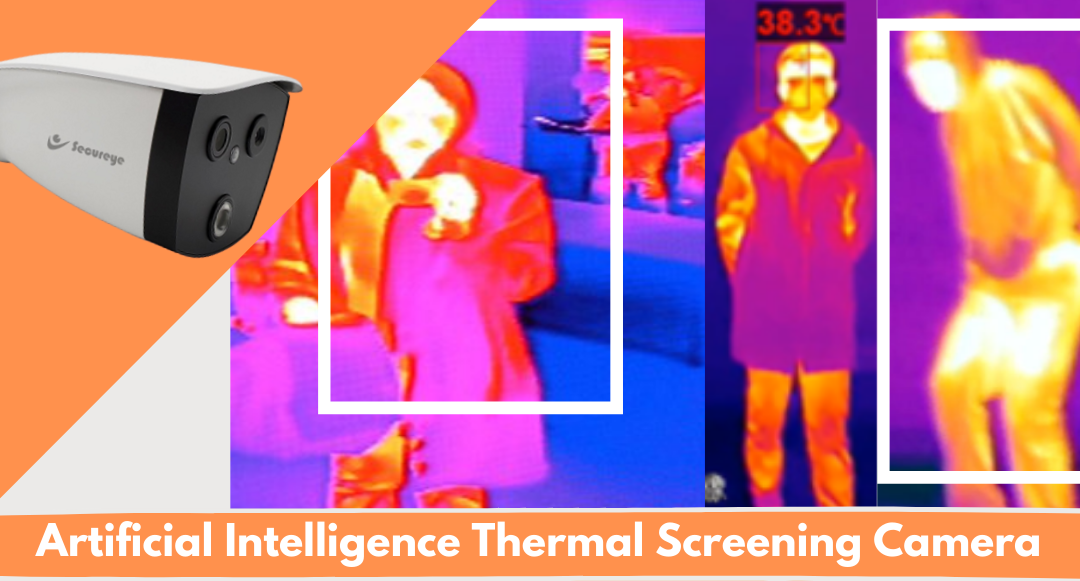In the recent few months, the demand for thermal cameras has increased a lot. But do you know – Thermal Cameras are being used for many years. Industries, border areas, chemical factories, and hospitals – Thermal cameras have been used in different applications.
I would take you to dive deep into the science of thermal cameras and the invisible world of heat which these cameras allow us to see.
DETECTING INFRARED WAVES – NOT VISIBLE LIGHT
The first thing you should know is – Thermal Cameras don’t work like regular cameras. The human eye and regular daylight cameras – both work on the same basic principle i.e “visible light energy hits any object bounces off it, a detector receives the light and then turn it into an image.”
Thermal images convert these captured pictures from heat, not visible light. Heat and light both are part of the electromagnetic spectrum – but a camera that can detect visible light can’t see thermal/heat energy – and vice versa. Thermal cameras capture invisible thermal energy and use this data to create images through digital or analog video outputs.
INSIDE THE CAMERA
A thermal camera comprises a lens, a thermal sensor, processing electronics, and housing. The lens focuses on infrared energy onto the sensor. The sensors come in a variety of pixel configurations – 80 x 60 to 1280 x 1024 pixels or even more and this is the resolution of the camera.
These resolutions are low in comparison to visible light imagers – because thermal detectors need to sense the energy that has larger wavelengths than visible light, requiring each sensor element to be significantly larger. As a result, thermal cameras usually have a much lower resolution (few pixels) than visible sensors of the same mechanical size.
HOW THERMAL CAMERAS ABLE TO DETECT?
Heat sensed by infrared cameras can be very precisely measured – allowing them to be used in a variety of applications across the various domains. Secureye thermal cameras can detect even the slightest difference in heat and display them as shades of different color palettes.
Everything we encounter in our day-to-day life emits thermal energy, may it be tea, coffee, or even water. The hotter the object, the more thermal energy it emits. This emitted thermal energy from these objects is called a heat signature. Even when two objects next to one another have subtly different heat signatures – they show up quite clearly to a thermal sensor regardless of lighting conditions. This allows cameras to see in complete darkness or smoke-filled environments as well.
WHERE ARE THE THERMAL CAMERAS USED?
The usage and application of thermal cameras are limitless. Originally developed for surveillance and military operations, thermal cameras can be widely used in building inspections, fire-fighting, automatic braking, skin temperature screening, industrial operations, scientific researches, and many more.

